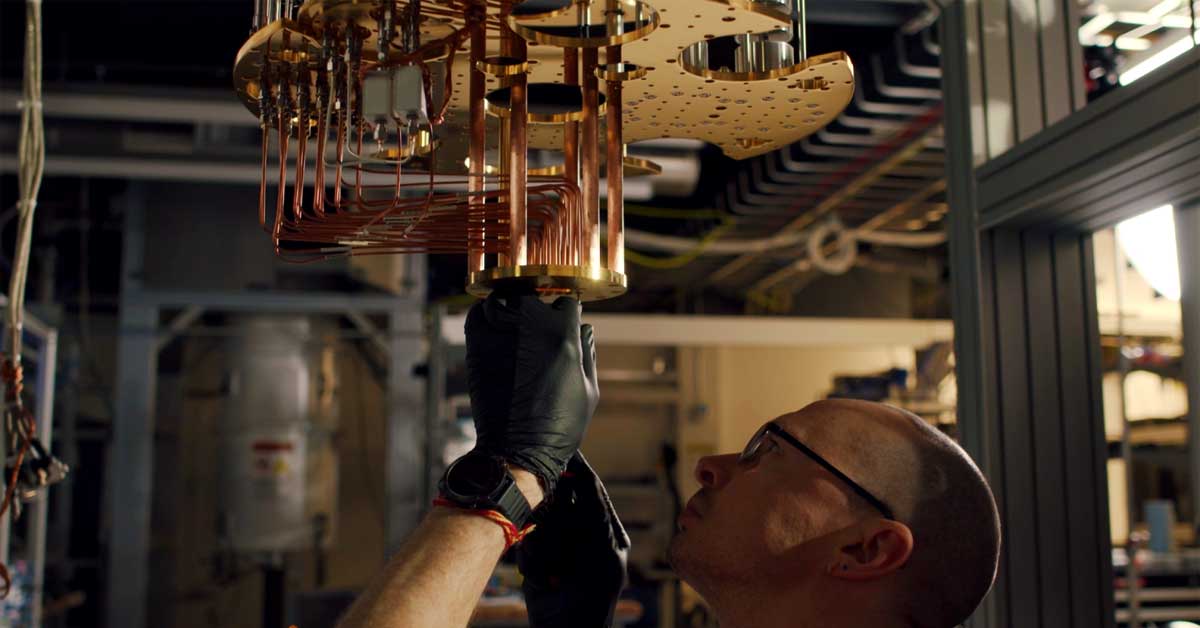Microsoft has unveiled its plan to develop a quantum supercomputer, utilizing topological qubits that its researchers have diligently worked on for several years. Although various milestones are yet to be achieved, Krysta Svore, Microsoft's VP of advanced quantum development, stated that the company anticipates building a quantum supercomputer using these qubits within less than 10 years.
The objective is to create a supercomputer capable of reliably performing one million quantum operations per second, a novel metric Microsoft is introducing to surpass the current era of noisy intermediate-scale quantum (NISQ) computing.
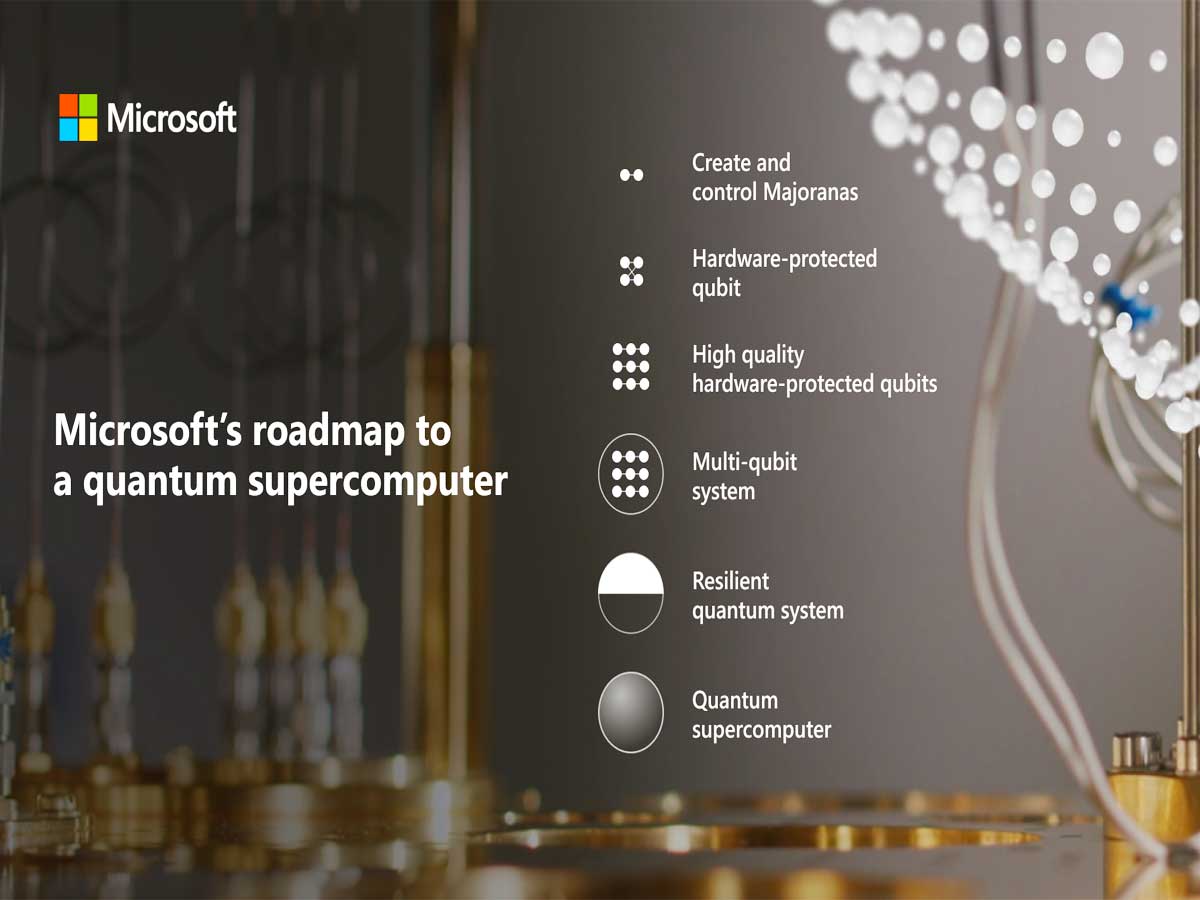
"We approach our roadmap and the timeline for the quantum supercomputer in terms of years rather than decades," affirmed Svore.
Microsoft made headlines last year with a significant breakthrough, showcasing its ability to create Majorana-based qubits. These Majorana qubits possess exceptional stability compared to traditional techniques but are exceedingly challenging to fabricate.
Microsoft made an early investment in this technology, and now, a year after the initial announcement, the team has published a new peer-reviewed paper in the American Physical Society's Physical Review B, confirming the achievement of this crucial initial milestone toward a quantum supercomputer.

To reach this stage, Microsoft presented results from more devices and a significantly larger amount of data than the previous year's announcement.
"We have reached the foundational implementation level," stated Svore. "We possess noisy intermediate-scale quantum machines. These machines are built around physical qubits, but they are not yet reliable enough to serve any practical or advantageous purposes, whether in the field of science or industry. The next target for our industry is the resilient level.
We need to operate not just with physical qubits but also integrate them into an error-correcting code to use them as a unit functioning as a logical qubit." Svore argues that achieving this level requires a quantum computer capable of performing one million reliable quantum operations per second, with a failure rate of one per trillion operations.
The subsequent phase involves constructing hardware-protected qubits, and according to Svore, significant progress has been made in this regard. These qubits will be small, measuring less than 10 microns on each side, and operate quickly enough to perform a single qubit operation under a microsecond.
Following this, the team plans to focus on entangling these qubits through braiding, a concept that has been primarily theoretical since the early 2000s.
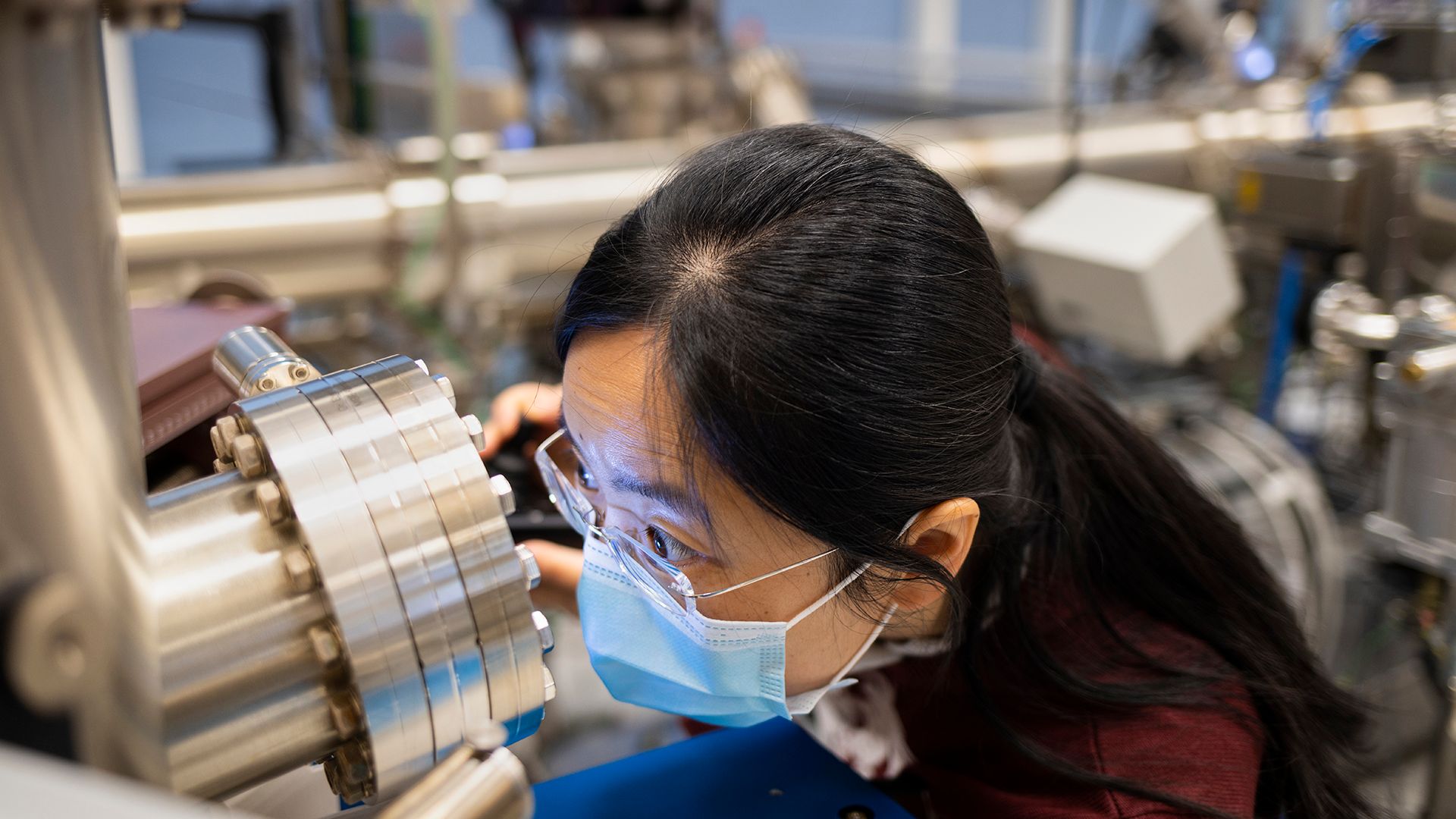
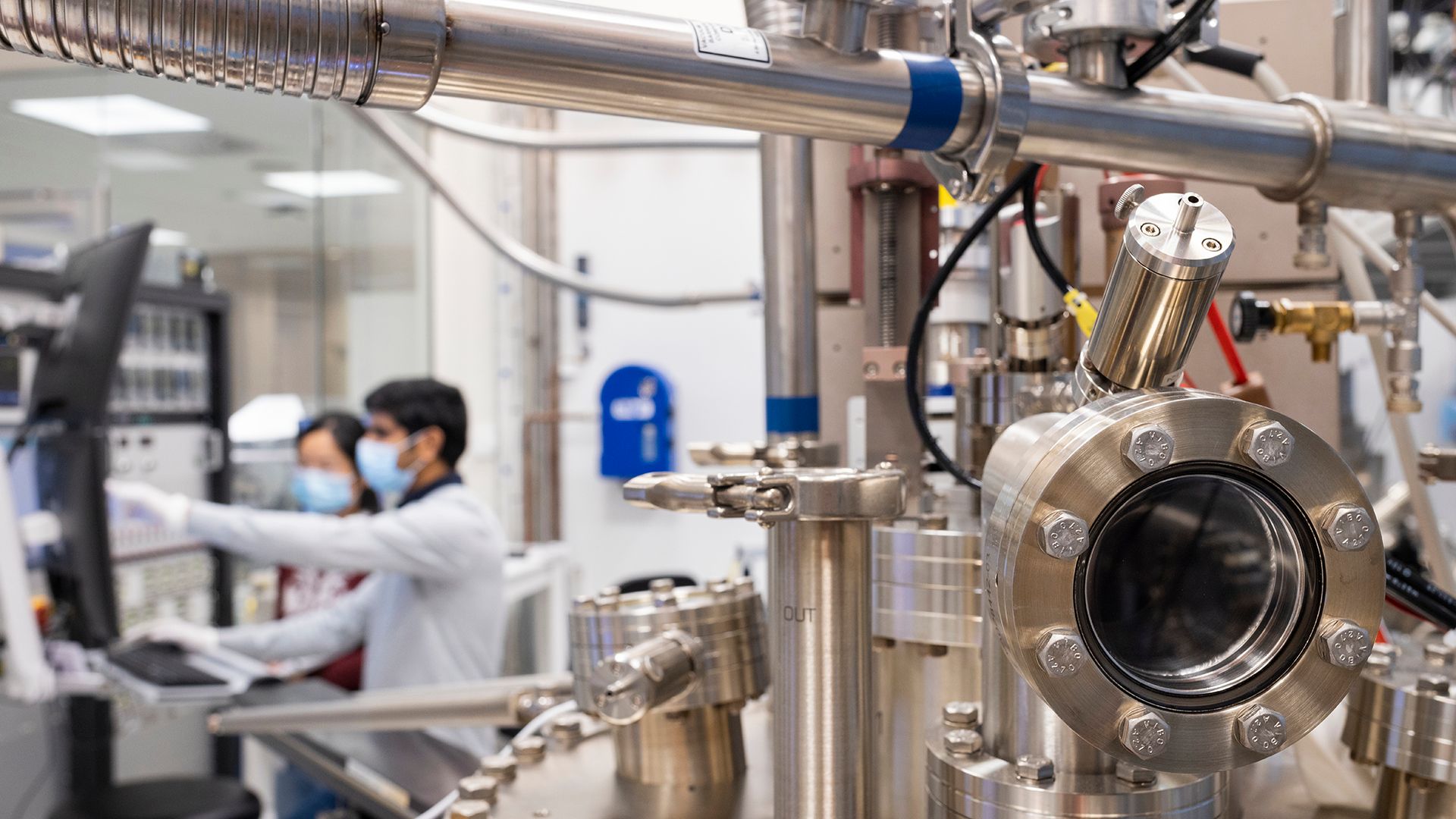
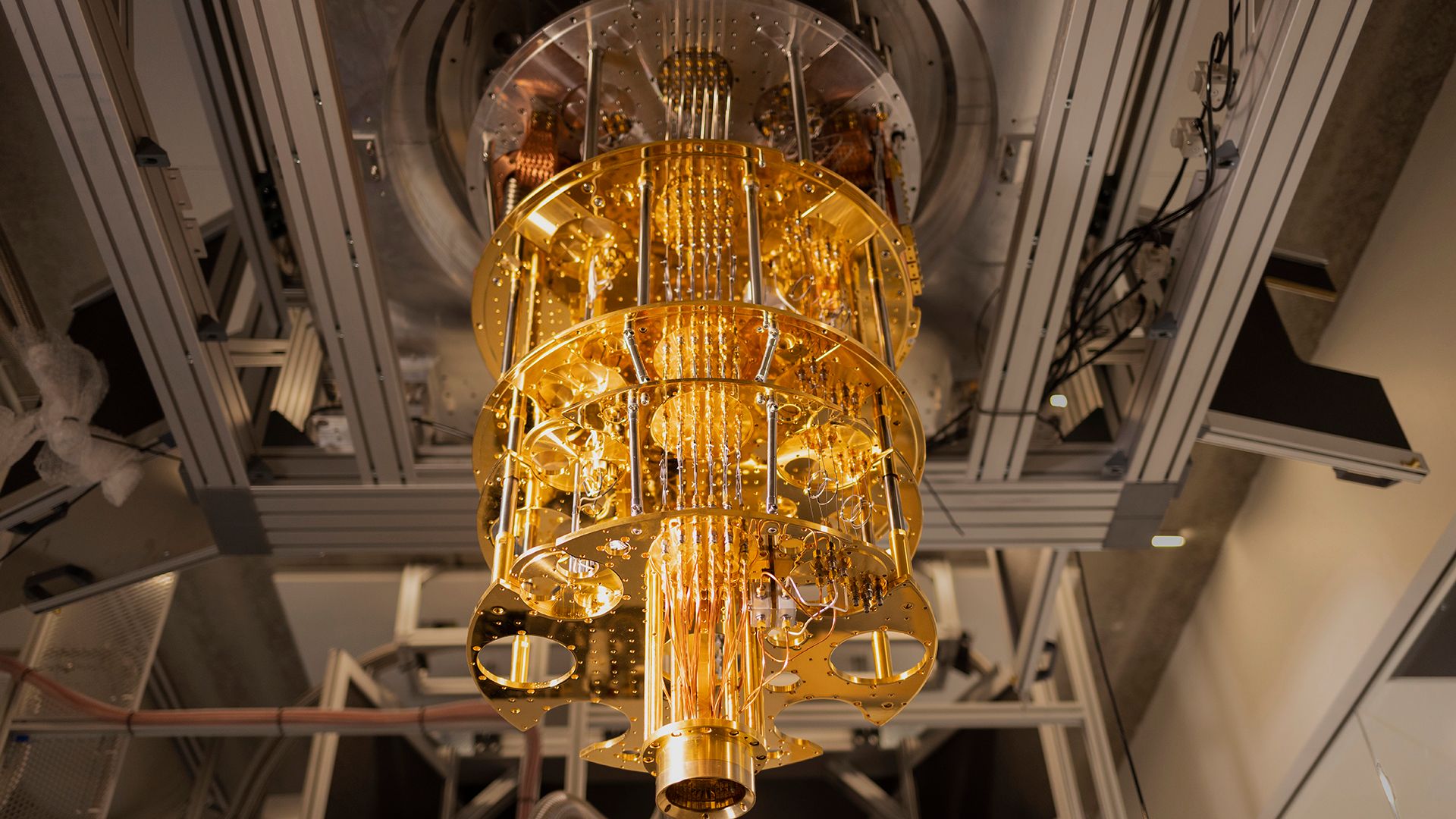
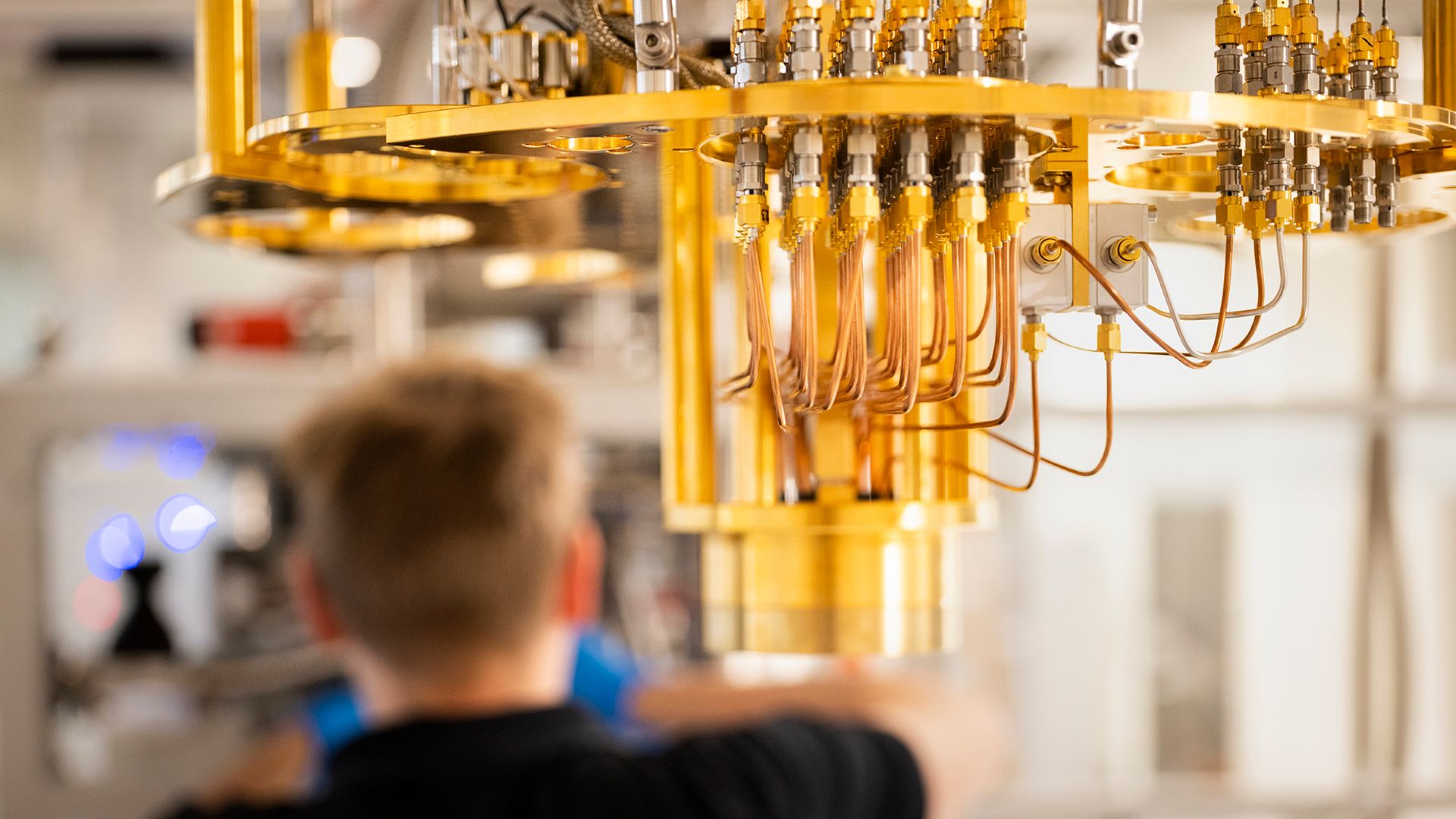
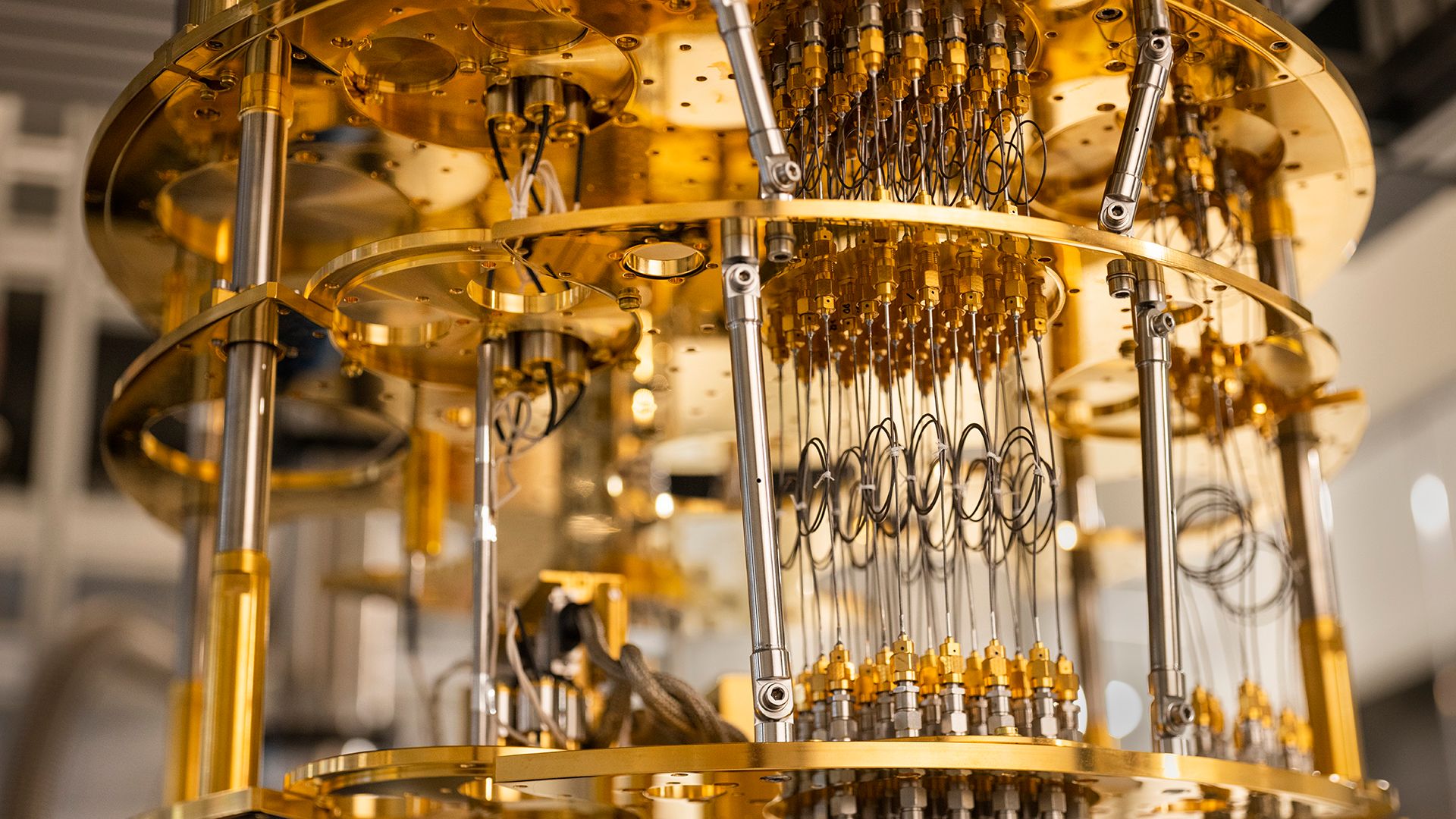

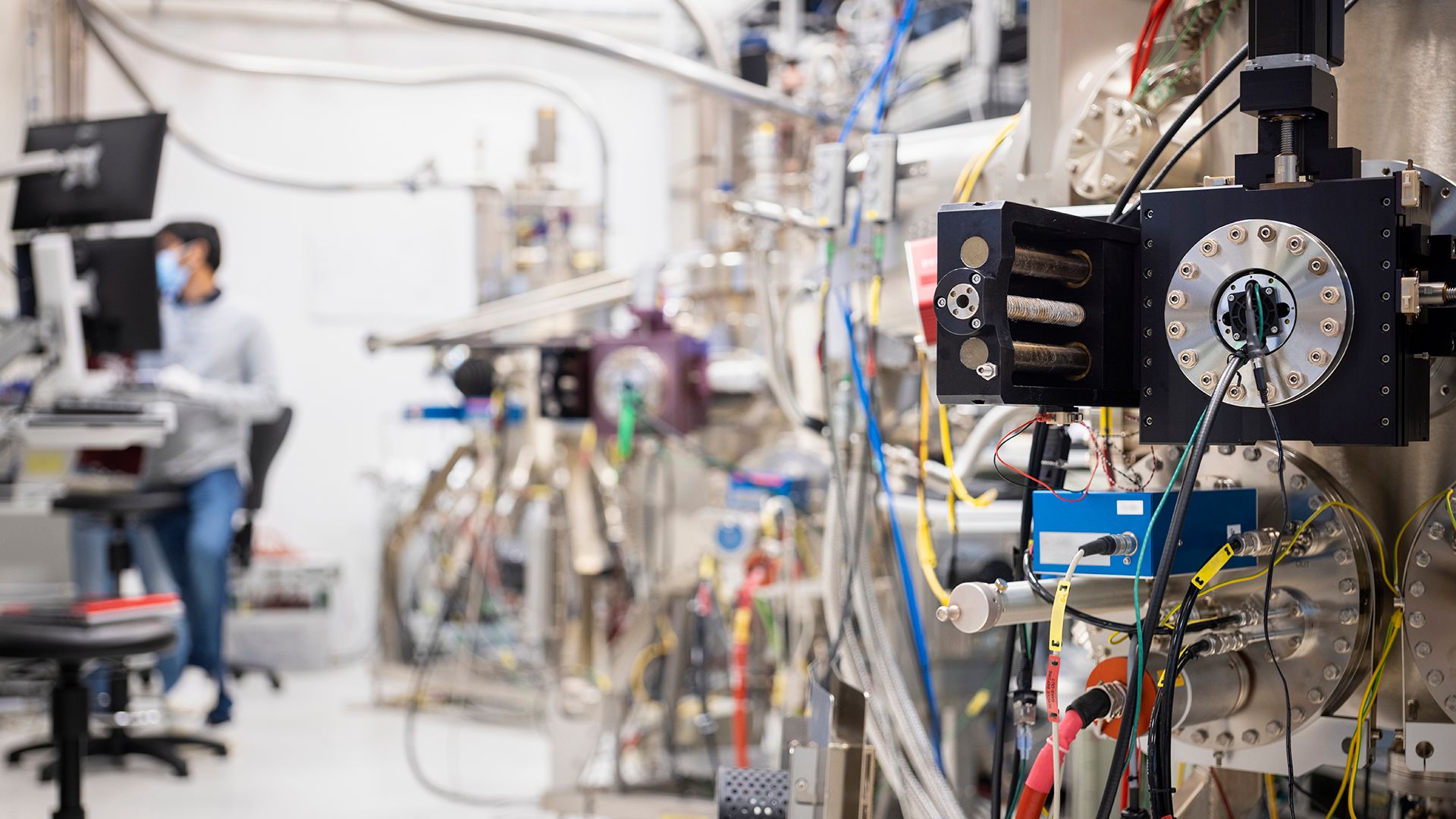
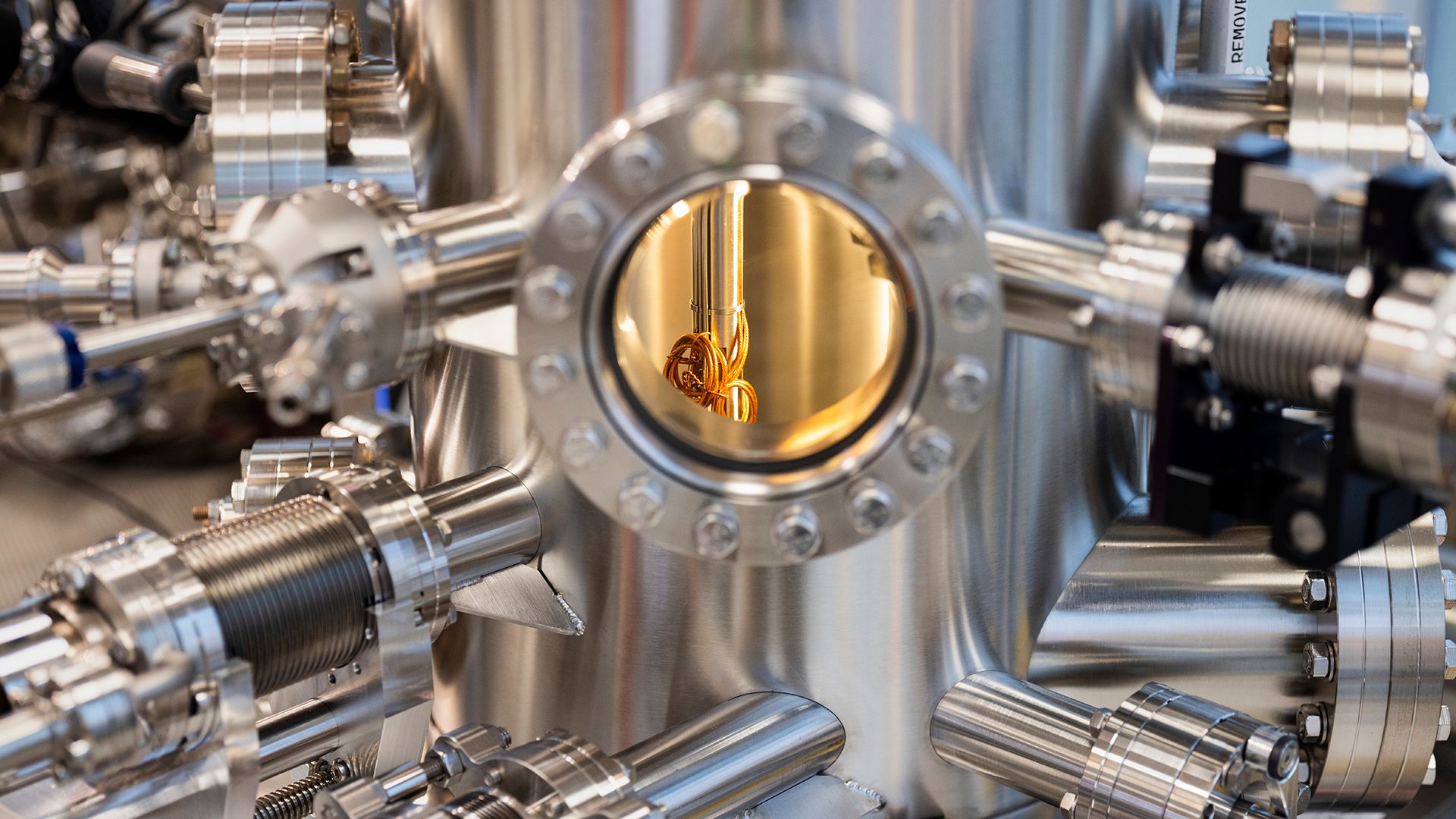
From there, the objective is to build a smaller multiqubit system and successfully demonstrate a complete quantum system. Undoubtedly, this roadmap is highly ambitious, and given the time taken by Microsoft to reach the first milestone, the team's execution will be closely monitored.
With other companies such as IBM and IonQ striving for similar outcomes but utilizing more established methods for qubit development, the race is on to transcend the NISQ era.
In addition to unveiling its roadmap, Microsoft has also introduced Azure Quantum Elements, a platform designed to expedite scientific discovery by combining high-performance computing, artificial intelligence, and quantum computing. They also announced Copilot for Azure Quantum, an AI model trained specifically to assist scientists and students in generating quantum-related calculations and simulations.
Sources: blogs.microsoft.com / news.microsoft.com
